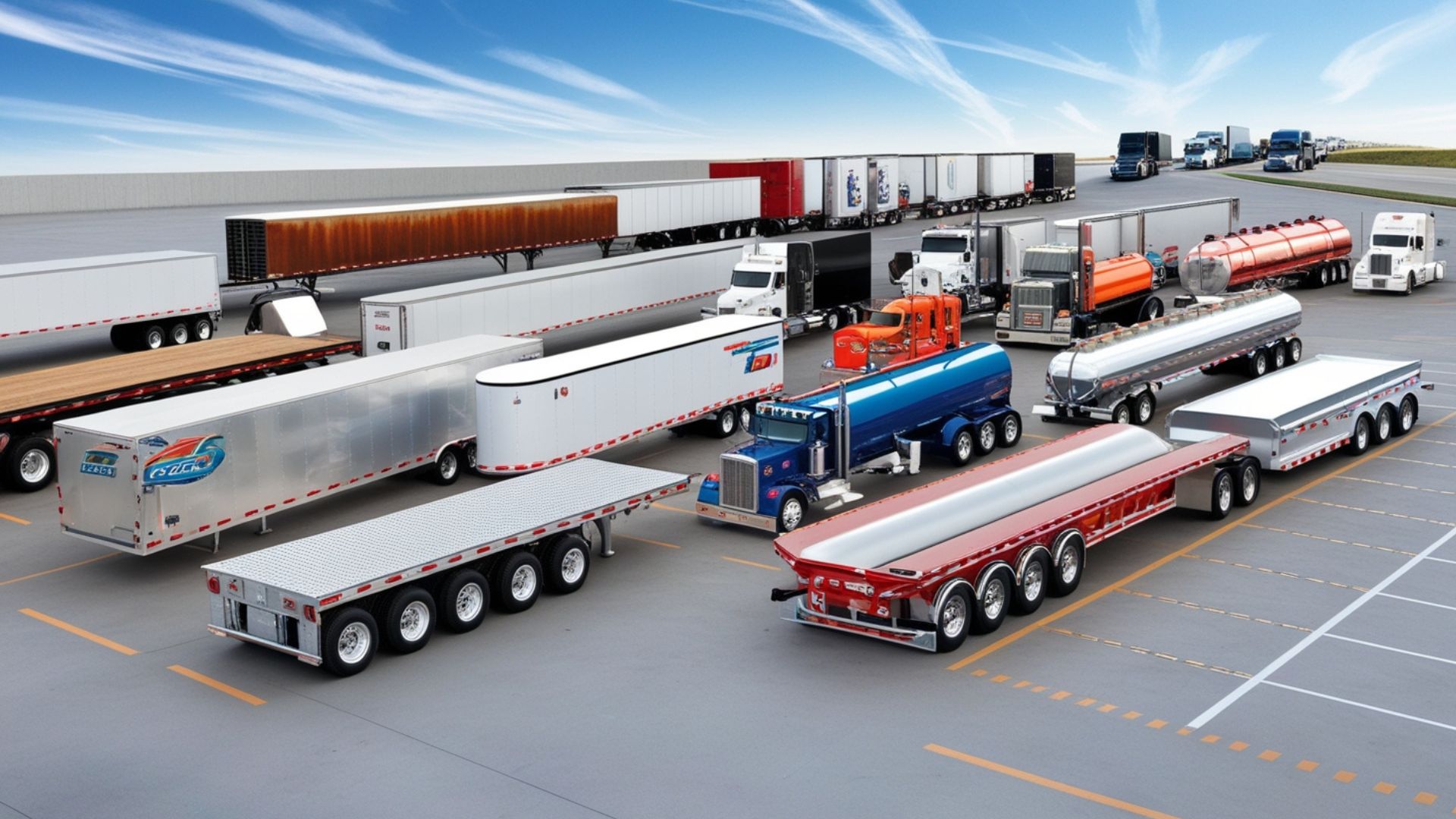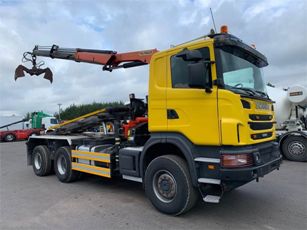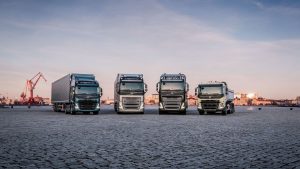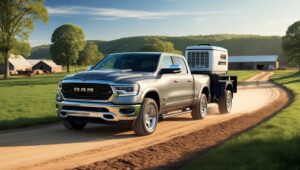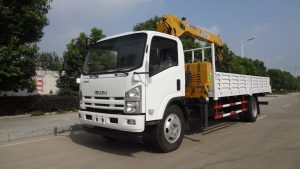Trailers come in a variety of types and designs, each suited to specific hauling needs. From transporting heavy equipment to moving perishable goods, trailers are essential in many industries, providing flexibility, security, and efficiency in transportation. Here’s a look at some of the most common types of trailers, their uses, and key features.
1. Flatbed Trailers
Overview: Flatbed trailers are some of the most widely used trailers due to their versatility. They consist of an open platform without sides or a roof, making them suitable for transporting oversized or irregularly shaped cargo that may not fit within enclosed trailers.
Uses: Flatbeds are ideal for hauling construction materials like steel beams, lumber, large machinery, or heavy equipment. They are also popular for transporting goods that can be loaded and unloaded with cranes from the sides.
Key Features:
- Typically 48 to 53 feet in length.
- Can carry loads up to 48,000 pounds.
- Ideal for oversized loads, which can extend beyond the width of the trailer.
2. Enclosed Trailers
Overview: Also known as dry vans or box trailers, enclosed trailers are fully enclosed, offering protection from the elements. They are among the most common trailers on the road and are especially popular in the freight and logistics industry.
Uses: Enclosed trailers are used to transport goods that need to be protected from weather or theft, such as electronics, furniture, and general consumer products.
Key Features:
- Length typically ranges from 28 to 53 feet.
- Provides secure, weather-resistant transportation.
- Suitable for palletized, stackable, or boxed items.
3. Refrigerated Trailers (Reefers)
Overview: Refrigerated trailers, or reefers, are insulated trailers with cooling units to keep the interior temperature controlled. They are essential for transporting perishable goods over long distances.
Uses: Commonly used for hauling temperature-sensitive products like fruits, vegetables, dairy, meat, pharmaceuticals, and other perishable goods.
Key Features:
- Temperature control capability.
- Sizes range from 48 to 53 feet.
- Can keep goods at sub-zero temperatures or maintain ambient warmth, depending on the cargo.
4. Lowboy Trailers
Overview: Lowboy trailers are designed with a lower deck, which allows them to carry taller loads that would exceed height restrictions on other trailers. They are also called low loaders and are often used for heavy hauling.
Uses: Primarily used for transporting heavy and oversized equipment, such as construction machinery, excavators, bulldozers, and other industrial equipment.
Key Features:
- Extremely low deck height, often around 18 inches.
- Heavy-duty construction, with weight capacities of up to 80,000 pounds.
- Ideal for tall, heavy loads that need a stable, low-to-the-ground transport solution.
5. Step Deck Trailers
Overview: Step deck trailers, also known as drop decks, are similar to flatbed trailers but with a lowered deck that “steps down” from a higher platform near the front to a lower one at the rear. This design allows them to haul taller loads that wouldn’t meet height restrictions on standard flatbeds.
Uses: Popular in transporting large construction equipment, tractors, and tall loads that exceed the height capacity of a flatbed but do not require the extreme low deck of a lowboy.
Key Features:
- Dual levels: a high and low deck.
- Can carry loads up to 10 feet high.
- Easier loading and unloading than a traditional flatbed.
6. Dump Trailers
Overview: Dump trailers are designed to carry and unload loose materials like sand, gravel, demolition waste, and other materials that can be easily “dumped” out the back or side.
Uses: Frequently used in construction, landscaping, and agriculture for transporting materials like soil, gravel, and agricultural produce.
Key Features:
- Hydraulic lifting mechanism that tilts the trailer to unload cargo.
- Available in various sizes, with some designed for smaller loads and others for high-capacity hauling.
- Can be rear or side-dumping depending on specific needs.
7. Tanker Trailers
Overview: Tanker trailers are specifically designed to transport liquids, gases, or bulk materials. They are cylindrical in shape, which helps prevent sloshing and improves stability.
Uses: Tankers are commonly used for hauling fuel, chemicals, food-grade liquids, water, and other bulk materials that require a sealed, specialized container.
Key Features:
- Built with various compartments to separate loads or prevent movement.
- Made from materials that resist corrosion, such as stainless steel, for carrying chemicals or food-grade items.
- Equipped with safety features like emergency valves and venting systems.
8. Livestock Trailers
Overview: Livestock trailers, also known as cattle trailers, are specifically designed for transporting animals safely and comfortably. They have ventilation, secure gates, and specialized flooring to accommodate the needs of live animals.
Uses: Used by farms, ranches, and livestock transport companies to move cattle, horses, pigs, and other animals from farms to markets or processing facilities.
Key Features:
- Ventilated sides for airflow and temperature regulation.
- Non-slip floors to prevent injury to animals.
- Configurable compartments to separate different types of animals.
9. Car Carrier Trailers
Overview: Car carriers, also called auto haulers, are trailers designed to transport multiple vehicles simultaneously. They come in both open and enclosed designs depending on the level of protection required.
Uses: Used by car dealerships, rental companies, and individuals moving multiple vehicles at once.
Key Features:
- Can transport anywhere from 1 to 10 cars depending on the model.
- Ramps and hydraulic lifts for easy loading and unloading.
- Open car carriers are common, though enclosed ones are used for high-value or luxury vehicles.
10. Utility Trailers
Overview: Utility trailers are versatile, small, and lightweight trailers that can be used for a variety of purposes. They are often open with low side rails and are generally pulled by personal vehicles.
Uses: Popular with small businesses, contractors, and individuals for transporting equipment, small loads, landscaping materials, or even personal belongings.
Key Features:
- Available in single or double-axle designs.
- Lightweight and easy to tow.
- Versatile and affordable, suited for a wide range of light-duty tasks.
11. Gooseneck Trailers
Overview: Gooseneck trailers are attached to a hitch mounted in the bed of a pickup truck. This unique design offers more stability, which is ideal for hauling heavy loads.
Uses: Commonly used in agriculture, construction, and for transporting large loads such as tractors, livestock, and other heavy-duty equipment.
Key Features:
- Superior stability due to hitch location over the truck’s rear axle.
- High weight capacity, often up to 30,000 pounds.
- Can handle heavier loads than bumper-pull trailers.
12. Conestoga Trailers
Overview: Conestoga trailers have a specialized sliding tarp system that encloses the trailer, providing the protection of an enclosed trailer with the flexibility of a flatbed.
Uses: Often used for loads that need protection from the weather but are not suitable for box trailers. These trailers are popular for industries needing quick loading and unloading with weather protection.
Key Features:
- Sliding tarp system for fast access to cargo.
- Protects against weather and road debris.
- Combines the accessibility of a flatbed with the security of an enclosed trailer.
Conclusion
Trailers come in numerous types, each tailored to specific transportation needs, from heavy construction equipment to perishable goods, live animals, and vehicles. Selecting the right trailer type is essential to optimize efficiency, safety, and cost-effectiveness. Whether for commercial or personal use, understanding these types can greatly enhance one’s capability to meet various hauling requirements.
